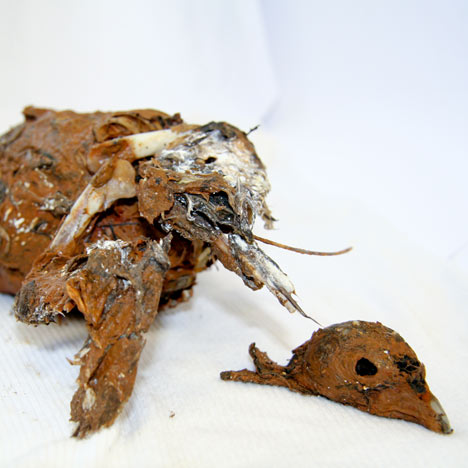
Fossilisation machine results by Austin Houldsworth
These photos from British designer Austin Houldsworth show the results of his machine, featured in our earlier story, built to fossilise a partridge (above) and a pineapple.
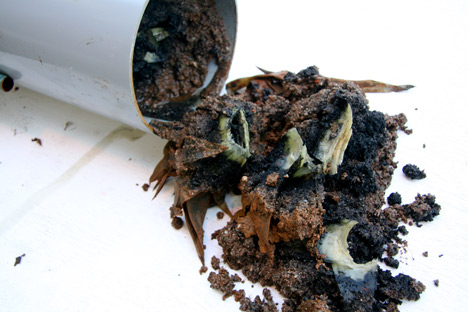
The contraption, called 2 Million & 1 AD, was designed to pump water with a high mineral content through the items over several months in order to speed up their petrification.
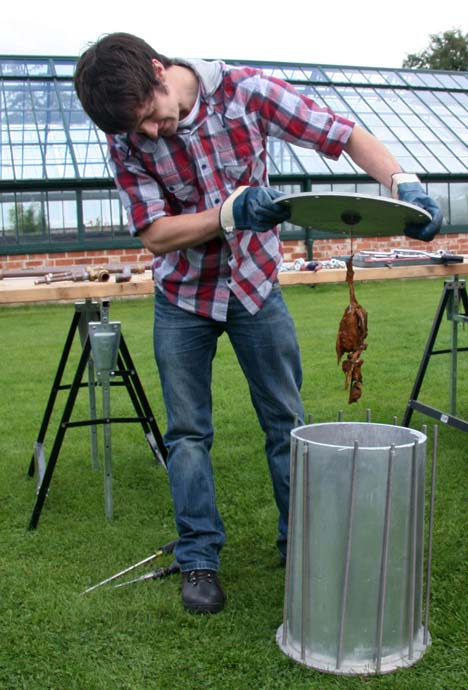
The containers were opened to the public at the end of September to reveal that the process had begun but not quickly enough to be completed in a matter of months.
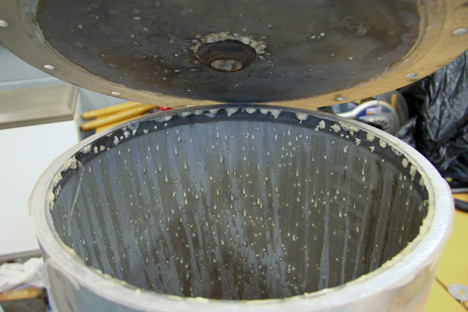
Houldsworth hopes to develop the project and eventually fossilise a human.
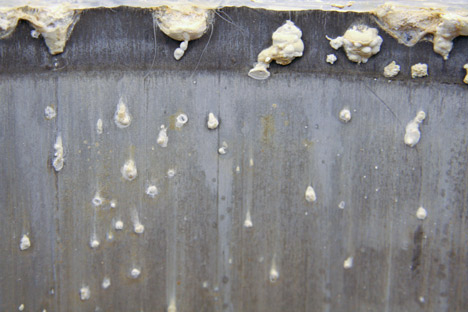
More information in our earlier story about the machine.
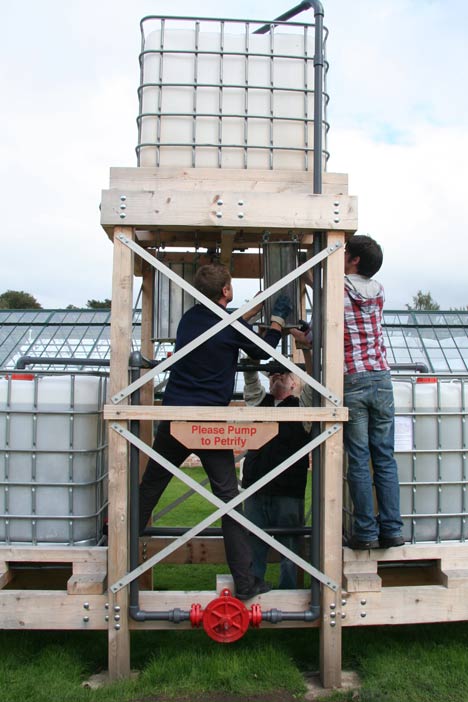
The following is from Houldsworth:
Follow Up - Fossilisation Machine commissioned for Tatton Park Biennial.
‘2 Million &1AD’
In the previous episode, Austin Houldsworth had installed a 3 tonnes and 4m-tall Fossilisation Machine in Tatton Park for the Tatton Park Biennial. Austin had designed and built a functioning prototype fossilization machine, which utilized the natural process of petrification to hopefully create a fossil from the decaying remains of a pineapple and partridge.
On the 26th of September the two containers housing the bird and fruit were opened to the public.
The results were as follows:
- The partridge had been encased in an orange residue; Almost resembling rust in colour. This could of originated from the ‘cast iron’ pump casing used to circulate the water round the system – although the bird was still intact.
- The Pineapple (which had been suspended in sand) had turned into very rich compost.
- An interesting unexpected result was that the containers (which housed the organic objects) had deposits of calcium coating the aluminum surfaces.
The petrification process had started to work, but unfortunately too slowly to calcify the partridge within the short time frame. Unfortunately the mineral content of the water was still a little too low for the petrification process to occur quickly… adding large amounts of dry ice (carbon dioxide) helped raise the carbonic acid levels in the water – but still not high enough.
Austin has now upgraded the system to incorporate a pressurized water carbonizing vessel, which should speed the process up – he is currently looking for a new site to continue onto the second testing phase of the project. His ultimate aim is still the fossilization/petrification of a Homo sapiens sapiens.
See also:
.
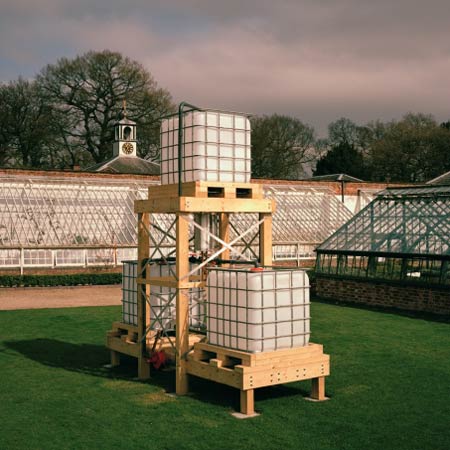 |
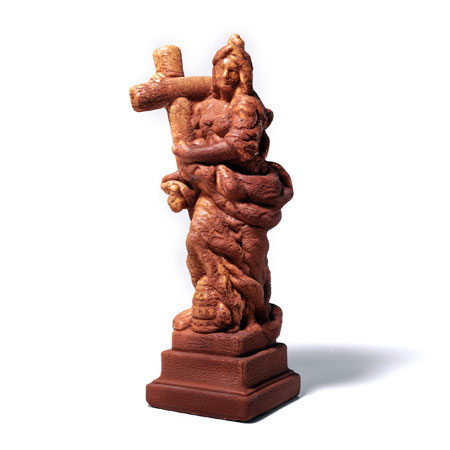 |
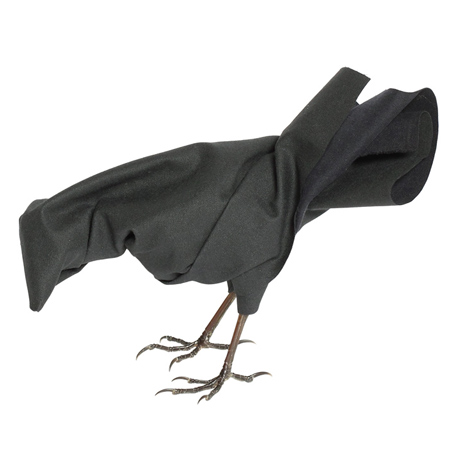 |
| More about this project |
Underground Souvenirs by Maxim Velčovský for Mint |
More stories about animals |